Throughout the world, certain animals have amazed scientists and nature lovers alike with their incredible lifespans, stretching hundreds or even thousands of years. These long-lived creatures reveal much about survival and adaptability. This list explores the world’s oldest known living animals, showcasing species that have adapted uniquely to endure across time. Their lives offer insights into aging, resilience, and the secrets of Earth’s diverse ecosystems.
Jonathan the Tortoise
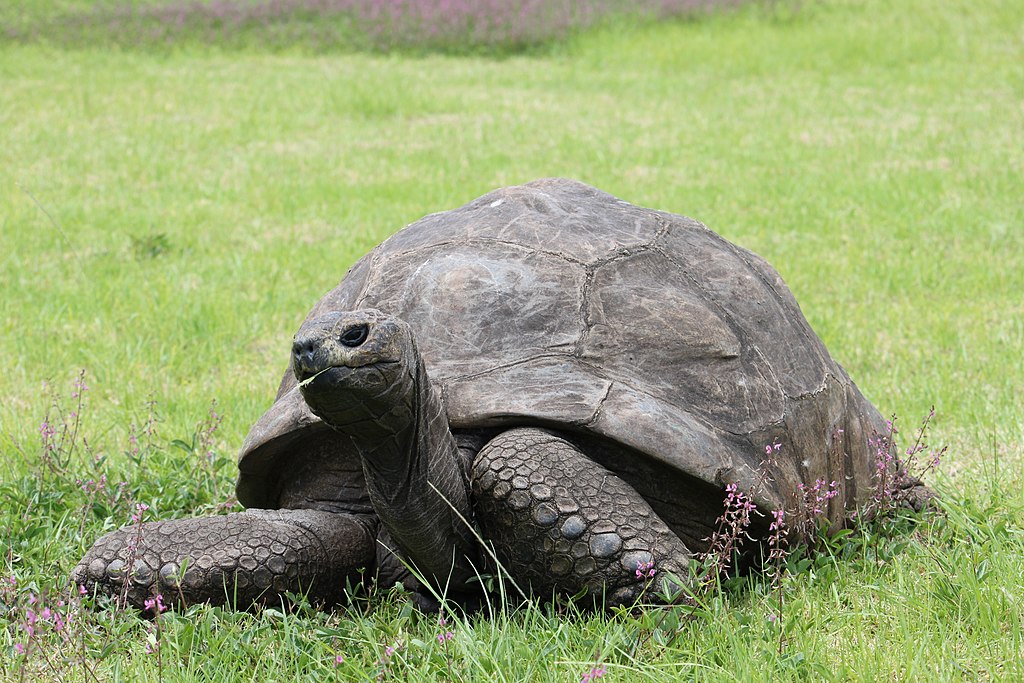
Jonathan, a Seychelles giant tortoise (Aldabrachelys gigantea hololissa), is believed to be around 192 years old, making him the world’s oldest known living land animal. Born circa 1832, he resides on the island of St. Helena, where he has lived through numerous historical events, from the invention of the light bulb to two World Wars. Despite being blind and having lost his sense of smell, he enjoys sunbathing, sleeping, and his favorite meals of cabbage and apples. He arrived in St. Helena in 1882 as a gift to the island’s governor, and he has since become an iconic resident. His daily care includes companionship with three other tortoises, a stable environment, and a balanced diet, all of which contribute to his remarkable longevity.
Rougheye Rockfish
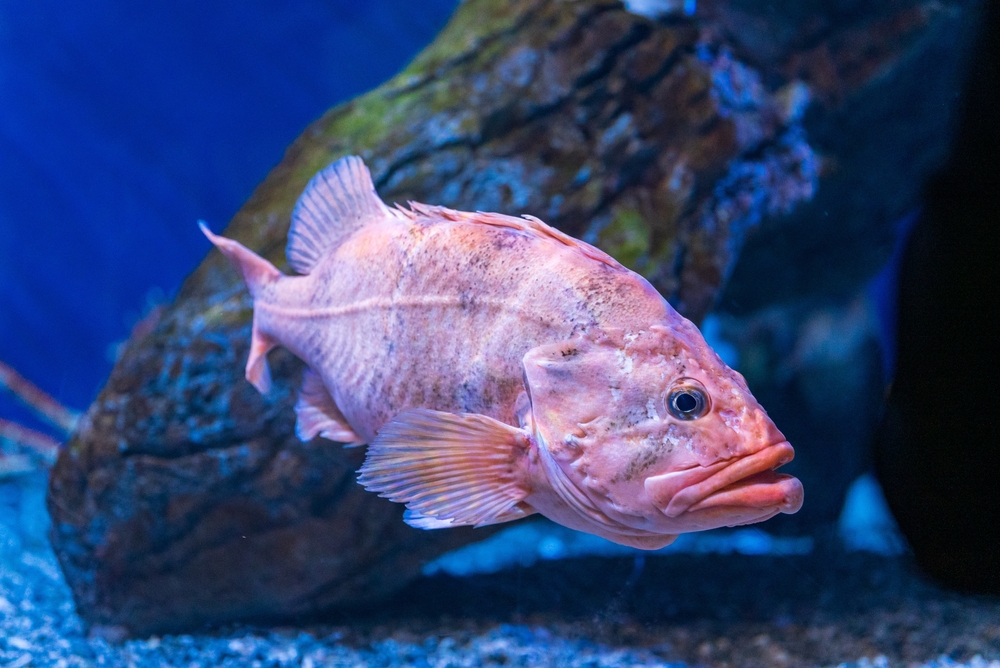
The rougheye rockfish (Sebastes aleutianus) is one of the longest-living fish species, with some individuals reaching over 200 years. They inhabit the Pacific Ocean, found primarily along North American and Japanese coasts. Known for their pink or brown coloring, they grow slowly and reach up to 38 inches in length. Their long lives are attributed to their cold-water habitat and low metabolic rate, allowing them to conserve energy over long periods. They are also known to exhibit genetic traits that promote longevity, which researchers study to understand aging. Their diet consists of shrimp, small fish, and other marine animals, making them a crucial part of the ocean ecosystem.
Red Sea Urchin
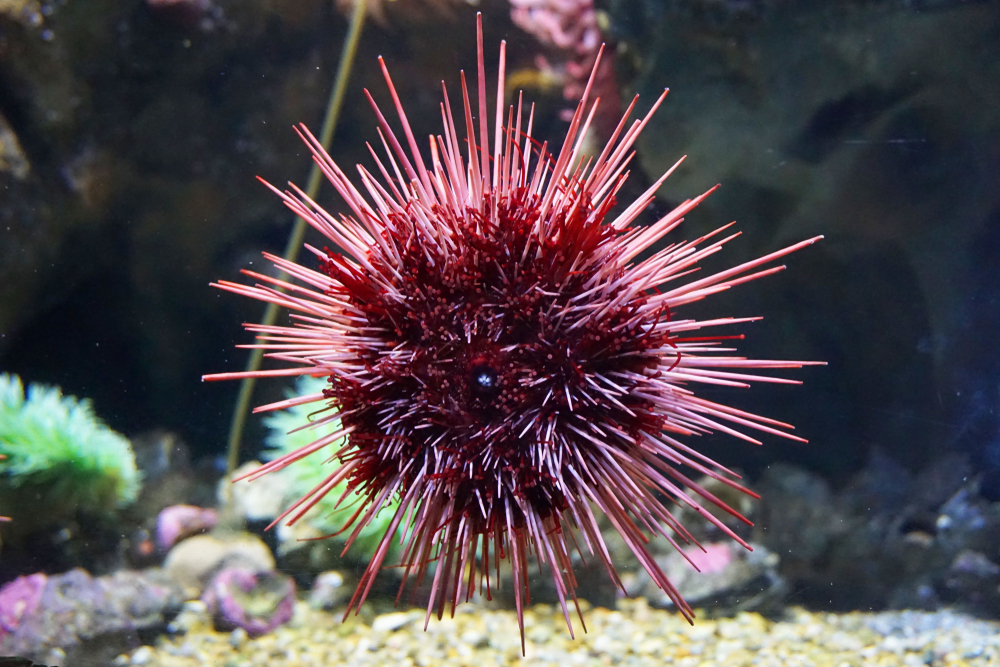
Red sea urchins (Mesocentrotus franciscanus) are known to live over 200 years in the cold waters of the Pacific Ocean, particularly along the west coast of North America. These spiny creatures thrive in stable, low-light environments, helping them survive for centuries. They have a remarkable ability to repair their tissue, which scientists believe contributes to their longevity and resistance to age-related diseases. Their diets primarily consist of algae, and they play an essential role in maintaining marine ecosystems by controlling algal growth. Due to their long lives and unique biology, they are studied in longevity research, with insights potentially applicable to human aging. Conservation efforts focus on protecting their habitats, as overfishing and habitat degradation threaten their populations.
Bowhead Whale
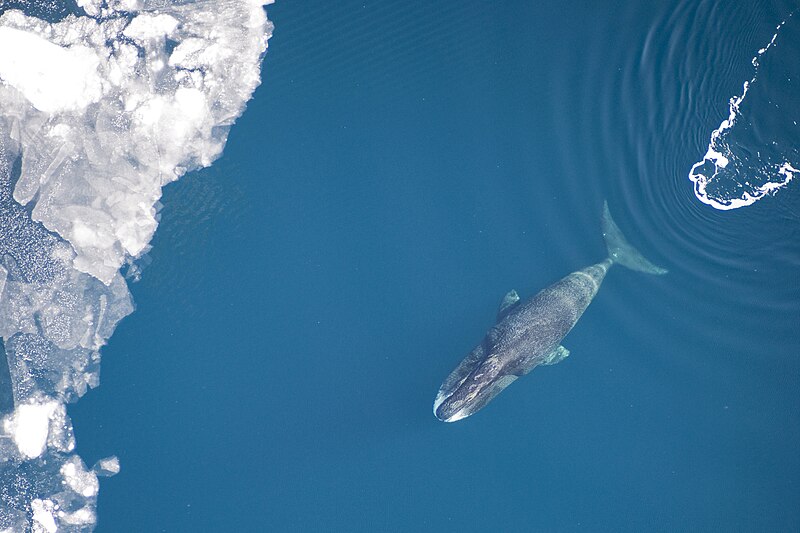
Vicki Beaver, Alaska Fisheries Science Center, NOAA FIsheries, Marine Mammal/ Wikimedia Commons
The bowhead whale (Balaena mysticetus) holds the title of the longest-living mammal, with some individuals living over 200 years; the oldest recorded was around 211 years. Native to Arctic and sub-Arctic waters, they possess a slow metabolism, which helps them adapt to extreme cold and contributes to their extended lifespans. One whale found in Alaska had harpoon fragments dating back to the 1800s, confirming its advanced age. They can reach up to 60 feet and are known for their unique triangular skull, which allows them to break through thick Arctic ice. Scientists are fascinated by their longevity, using the species to study cellular repair, as they show resistance to many age-related diseases. Its ability to conserve energy, thanks to its large blubber reserves, aids in its long life.
Freshwater Pearl Mussel
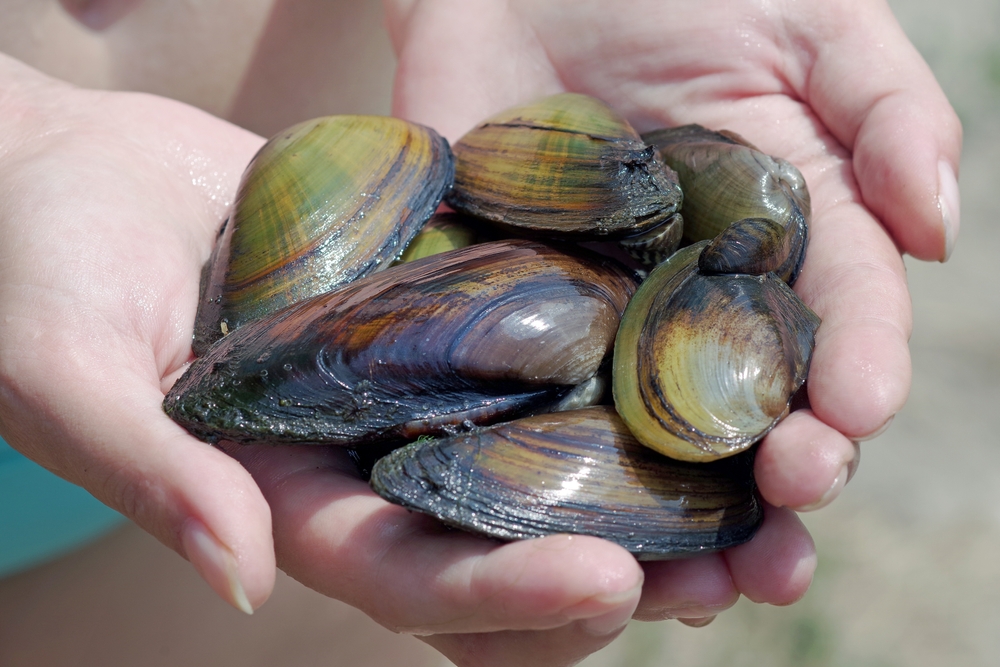
Freshwater pearl mussels (Margaritifera margaritifera) are bivalves with impressive lifespans often exceeding 250 years, with some individuals recorded at around 280 years. They thrive in clean, oxygen-rich rivers in Europe and North America, where they filter water to obtain nutrients. They have evolved to grow slowly, and their longevity is closely tied to stable, unpolluted habitats. Despite their hardiness, they face environmental threats from pollution and habitat disruption. Their ability to live for centuries highlights their vulnerability to ecological changes, making them important indicators of waterway health. Conservation efforts are underway to protect their natural environments, as their longevity makes them highly sensitive to changes in ecosystem stability.
Tubeworms of the Deep Ocean
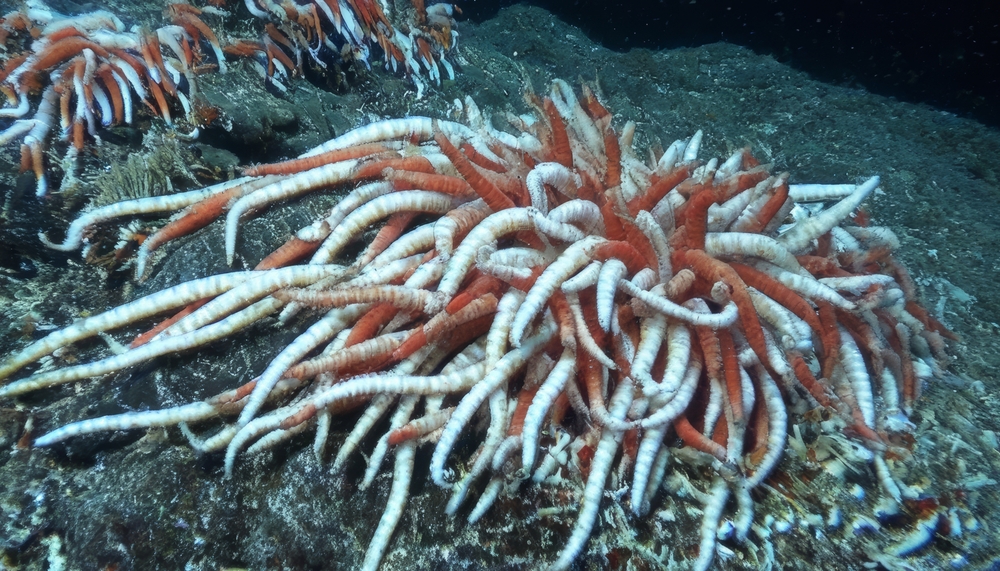
Some species of deep-sea tubeworms (Riftia pachyptila) are estimated to live over 300 years, residing near hydrothermal vents and cold seeps on the ocean floor. These organisms thrive in dark, high-pressure environments, feeding on nutrients produced by bacteria in their unique symbiotic relationship. They have extremely slow metabolisms due to their deep-sea habitats, a factor that likely supports their long lives. Cold-seep tubeworms can grow in stable, cold environments where they encounter few predators, allowing them to survive for centuries. These creatures contribute to marine ecology, creating habitats for other ocean species and playing a role in nutrient cycling. Studying their long lives aids scientists in understanding life in extreme environments.
Greenland Shark
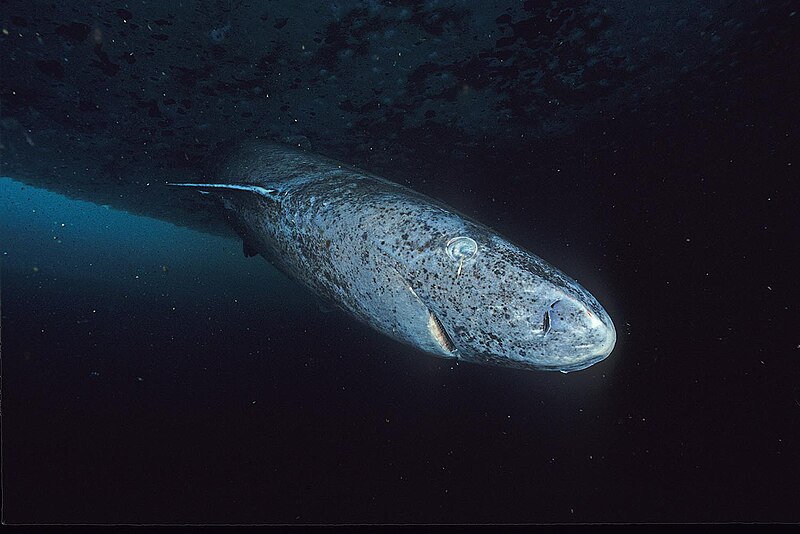
Hemming1952
/ Wikimedia Commons
The Greenland shark (Somniosus microcephalus) is the longest-living vertebrate on Earth, with estimated ages of up to 400 years, although some could be as old as 500. Found in the deep, cold waters of the North Atlantic, they have a slow growth rate and low metabolism, which helps to support their extraordinary lifespan. These slow-moving sharks can reach lengths of up to 21 feet and often live at depths where predators and environmental pressures are minimal. The age of these creatures is determined through radiocarbon dating of their eye lenses, and the oldest individuals studied may have been alive during the 16th century. Living in such a low-energy environment, they experience few predators, which aids their survival over centuries. They are a major focus in aging research, as scientists hope to uncover the secrets of their longevity.
Ocean Quahog Clam

The ocean quahog clam (Arctica islandica), also known as the “Icelandic cyprine,” can live for more than 500 years, making it one of the longest-living marine animals. Found in the North Atlantic, they live in deep, cold waters where they grow very slowly. Scientists determine their age by counting growth rings on their shells, much like tree rings. This species gained fame when Ming the Clam, an ocean quahog, was discovered to be 507 years old before its accidental death. Their longevity is linked to low metabolic rates and stable environmental conditions that reduce cellular wear over time. They are filter feeders, helping to purify the water, which also aids in their long life.
Glass Sponge

The glass sponge (Hexactinellida) is a unique marine organism that can live for thousands of years, with some species estimated to reach up to 10,000 years. Found primarily in the deep, cold waters of the Antarctic, they are named for their silica-based skeletal structure, which resembles delicate glass. They grow very slowly, benefiting from stable ocean environments that allow them to thrive for millennia. They play a crucial role in deep-sea ecosystems, providing habitats for various marine species, including shrimp and small fish. They are filter feeders, drawing nutrients from the water to sustain themselves, which helps explain their extraordinary longevity. The intricate lattice structure of their bodies also makes them exceptionally resilient to deep-sea pressures.
Antarctic Sponge
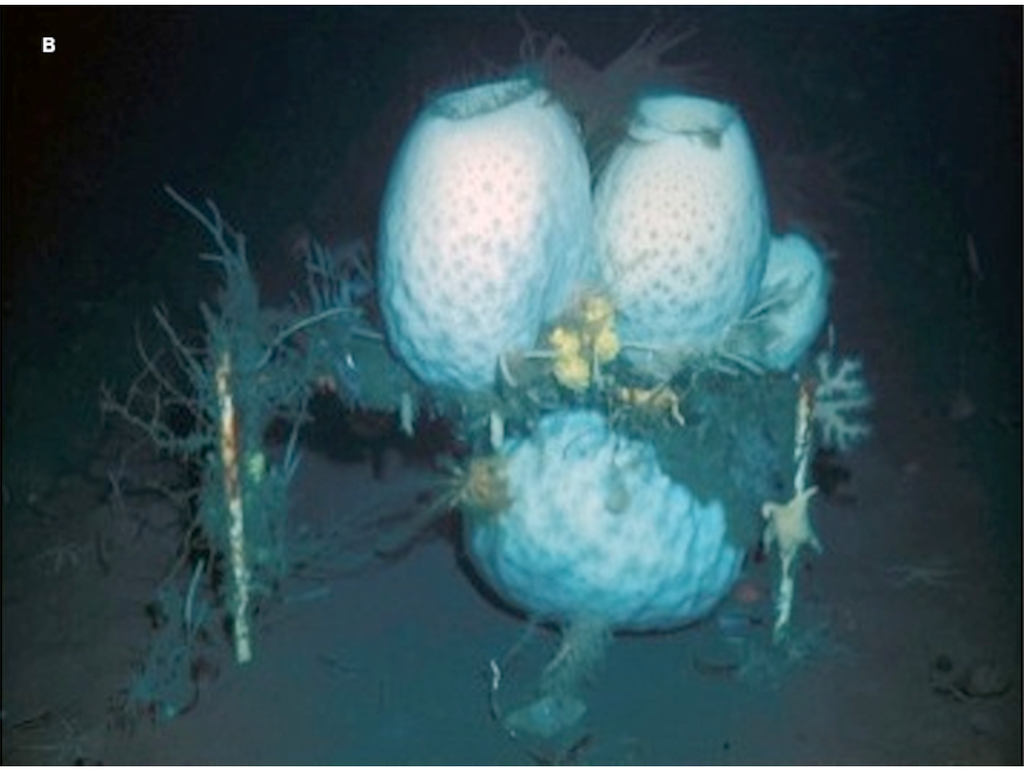
Antarctic sponges (Anoxycalyx joubini) have been found to live for over 10,000 years, making them the oldest known animals on Earth. Found in the frigid waters surrounding Antarctica, they grow at an exceptionally slow rate, which contributes to their astonishing longevity. The stable, icy conditions in which they live limit metabolic processes, allowing for sustained life over millennia. They are critical to their ecosystem, providing structure and shelter for a variety of marine species. The age and resilience of these creatures have become a focus for marine biologists interested in the effects of extreme environments on longevity. Their lifespans offer valuable data for studying the biological adaptations needed to thrive in the coldest ocean habitats.
This article originally appeared on Rarest.org.
More from Rarest.org
13 Unusual Architectural Wonders Hidden Around the World
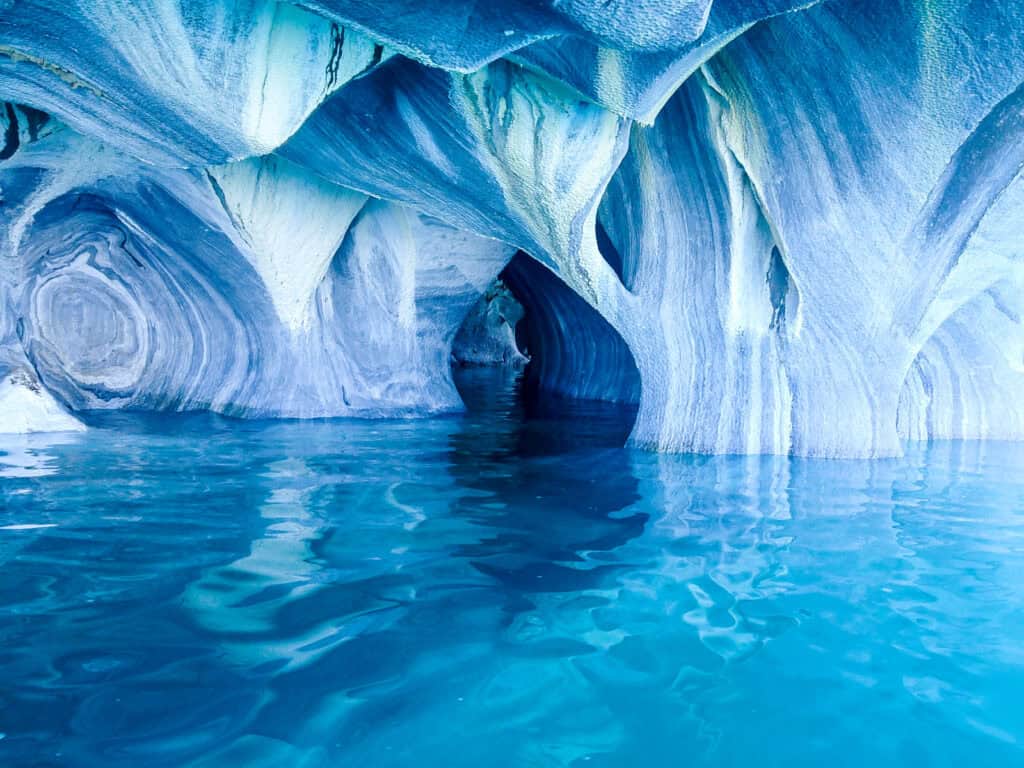
All around the world, hidden architectural wonders blend creativity, history, and ingenuity in ways that often go unnoticed by most travelers. These unusual structures can be found in remote locations, unexpected cities, or tucked away in natural landscapes Read More.
17 Brilliantly Colored Frogs and Amphibians That Stand Out in Nature
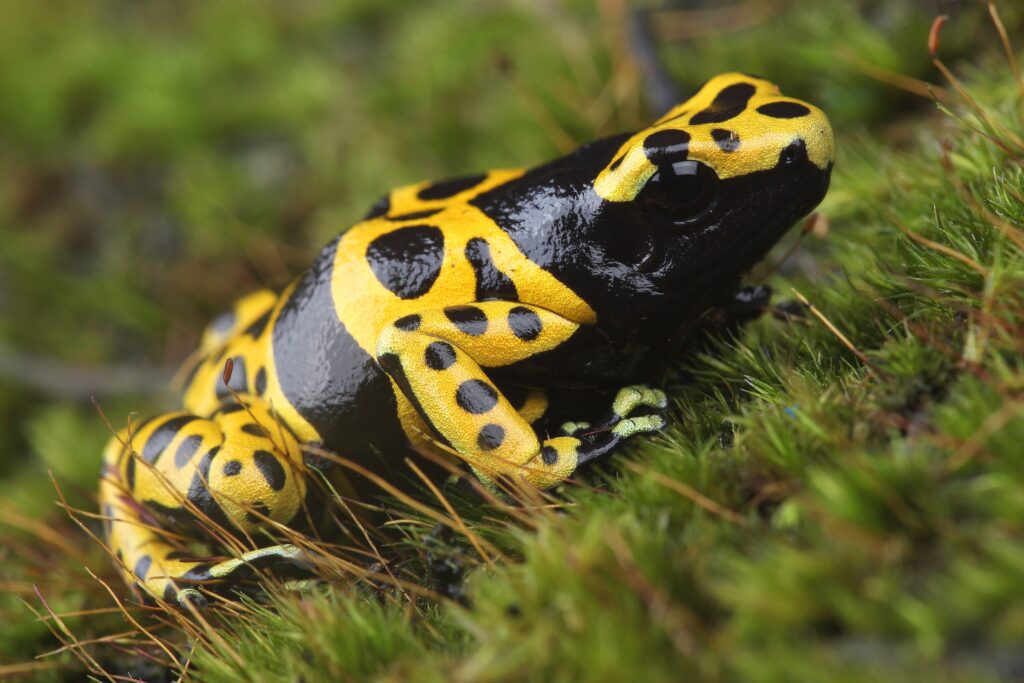
Nature is full of vibrant colors, but few creatures display them as boldly as frogs and amphibians. These animals often use their bright hues for protection, signaling danger to predators or blending into their colorful environments. Read More.
10 Largest Mosques in the World
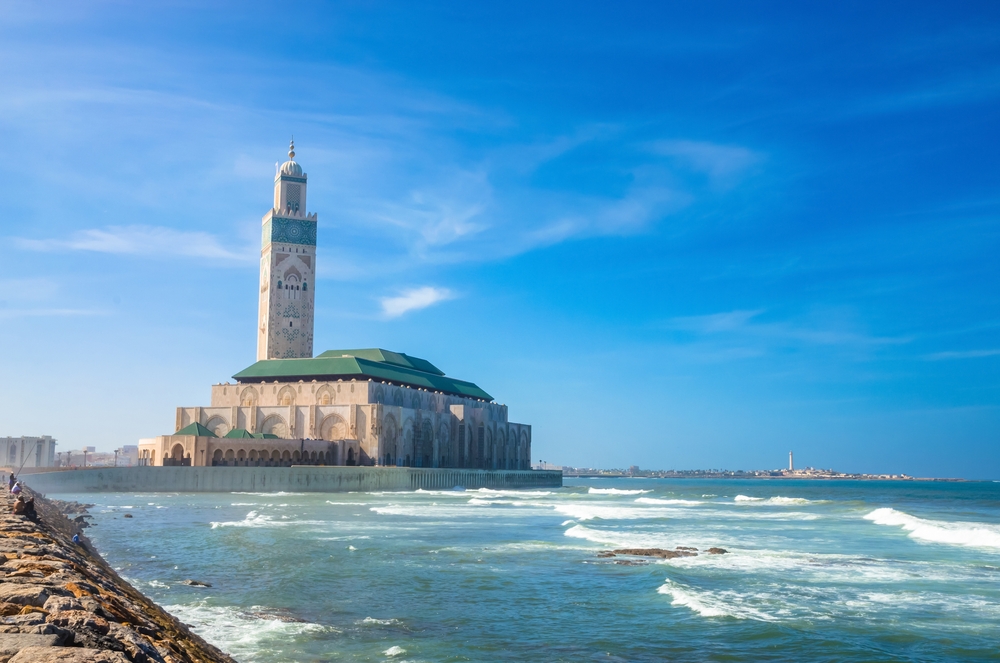
Mosques are not just places of worship but also architectural marvels that represent the cultural, spiritual, and artistic heritage of the Islamic world. Across the globe, these structures stand out for their immense size, intricate designs, and historical significance. Read More.
